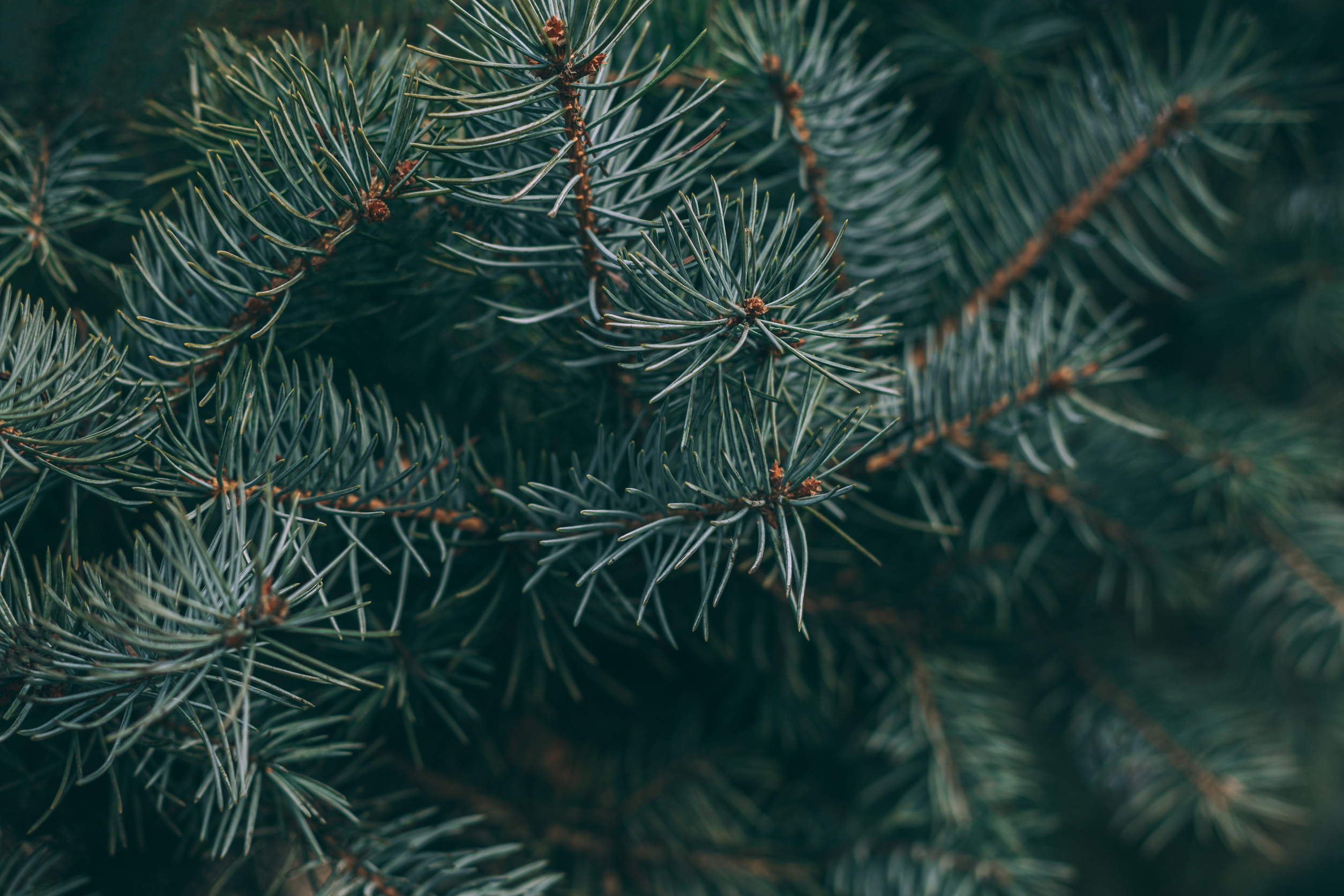Military conflict takes a significant toll on human life and local infrastructure, but did you know that munitions chemicals can also leach into soil and groundwater, contaminating ecosystems for generations? One specific explosive chemical, called RDX can cause seizures and possibly cancer when it enters groundwater, but fortunately, a new study from the University of York found that a common North American prairie grass can actually absorb and break down RDX.
The researchers greeted genetically modified switchgrass which carries two genes from a bacterium that produces enzymes that effectively break down RDX into harmless base components.
To test their grass in a real-world setting, the researchers planted switchgrass in New York State’s RDX-polluted Fort Drum military base. They tested soil and water on-site for three years and compared areas with grass to those without. The researchers had to painstakingly remove seeds from the modified grasses to prevent cross-pollination with local varieties, but their efforts paid off with the finding that modified grasses significantly lowered RDX levels in groundwater. Furthermore, the plant successfully broke down the chemical with no presence in the plants’ tissue.
The researchers plan to also alter western wheatgrass to create an arsenal of plants capable of cleaning up munitions chemicals in conflict zones and munition ranges.
“If we transform a couple more species,” says study biologist Liz Rylott, “we can get a toolbox that will be able to take out RDX, but we can also maintain biodiversity across the training range.”
Source study: Nature Biotechnology – Field trial demonstrating phytoremediation of the military explosive RDX by XplA/XplB-expressing switchgrass












